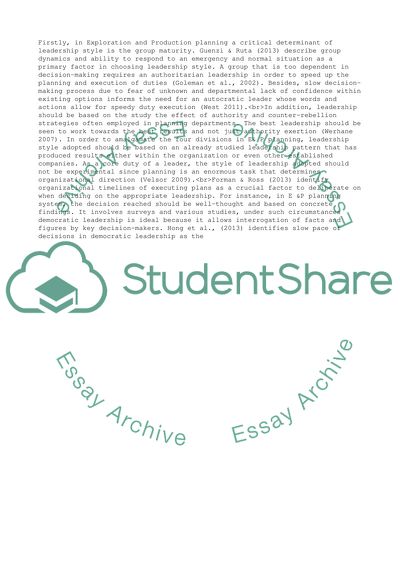Cite this document
(“Understanding Leadership Assignment Example | Topics and Well Written Essays - 1000 words”, n.d.)
Retrieved from https://studentshare.org/management/1660280-understanding-leadership
Retrieved from https://studentshare.org/management/1660280-understanding-leadership
(Understanding Leadership Assignment Example | Topics and Well Written Essays - 1000 Words)
https://studentshare.org/management/1660280-understanding-leadership.
https://studentshare.org/management/1660280-understanding-leadership.
“Understanding Leadership Assignment Example | Topics and Well Written Essays - 1000 Words”, n.d. https://studentshare.org/management/1660280-understanding-leadership.


